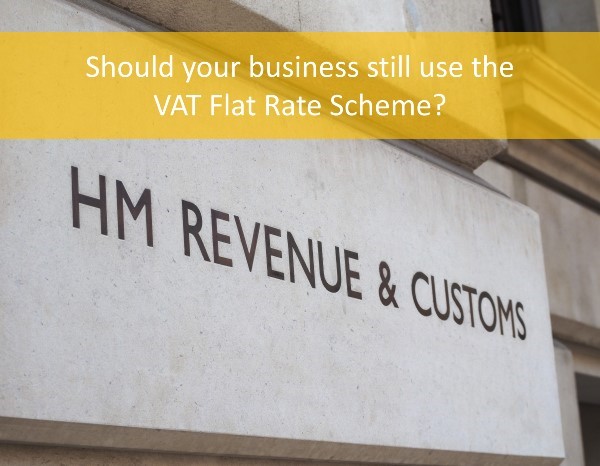
The VAT Flat Rate scheme was introduced in 2002 to simplify VAT reporting for small traders, reducing the time taken to calculate VAT and prepare returns compared to normal VAT accounting. The thresholds for using (£150,000 pa) and exiting the scheme (£230,000 pa) have not changed since 2003. With the extension of Making Tax Digital to all VAT registered businesses, those traders are now required to keep digital records and, arguably, the time saving benefits have reduced. The decision as to whether traders should use the scheme should now be based on the amount of VAT payable and the risk of making errors.
Rather than recording and reporting input VAT on business expenses, and then deducting that input VAT from the output VAT on goods and services supplied, the trader only has to report and pay VAT based on the flat rate percentage for that category of business multiplied by the VAT inclusive receipts. The percentages currently range from 4% for businesses retailing food, newspapers, or children’s clothing to 14.5% for IT consultants and labour-only builders, unless the “limited cost trader” rules apply. There is also a 1% reduction in the first year of business as an incentive to use the scheme.
As well as making VAT simple to administer, many businesses paid less VAT by using the scheme. Some service businesses allegedly exploited the tax savings, resulting in the government introducing the “limited cost trader” 16.5% rate from April 2017.
What is a 'Limited Cost Trader'?
A business is classed as a ‘limited cost trader’ and should use the 16.5% flat rate percentage if the cost of goods purchased is less than either:
- 2% of turnover, or
- £1,000 a year (if cost of goods are more than 2%).
'Goods' excludes expenditure on:
- any services - ie. anything that isn't goods,
- food and drink eaten by yourself or your staff,
- vehicle costs including fuel (unless you're in the transport sector using your own or a leased vehicle),
- rent, internet, phone bills and accountancy fees,
- gifts, promotional items and donations,
- goods you will resell or hire out unless this is your main business activity,
- training and memberships, and
- capital items for example office equipment, laptops, mobile phones and tablets.
Consequently, many traders supplying services, such as IT contractors, management consultants and labour-only builders are likely to be categorised as 'limited cost traders' and using normal VAT accounting is likely to mean less VAT is payable.
Potential disadvantages of using a Flat Rate Scheme
The flat rate percentages are calculated in a way that considers zero-rated and exempt sales. They also contain an allowance for the VAT you spend on your purchases.
So the VAT Flat Rate Scheme might not be right for your business if:
- you buy mostly standard-rated items, as you cannot generally reclaim any input VAT*,
- you regularly receive a VAT repayment under standard VAT accounting, or
- you make a lot of zero-rated or exempt sales.
*Unless the business purchases a capital item where the VAT inclusive price exceeds £2,000.
Please contact us if you are considering whether to use the VAT flat rate scheme for your business.

.jpg)
.jpg)
.jpg)




